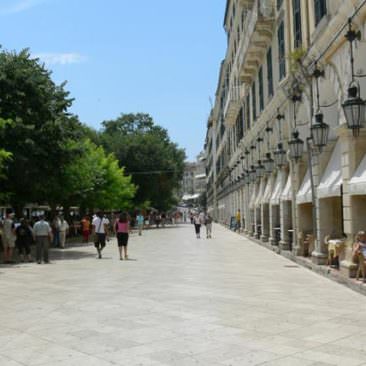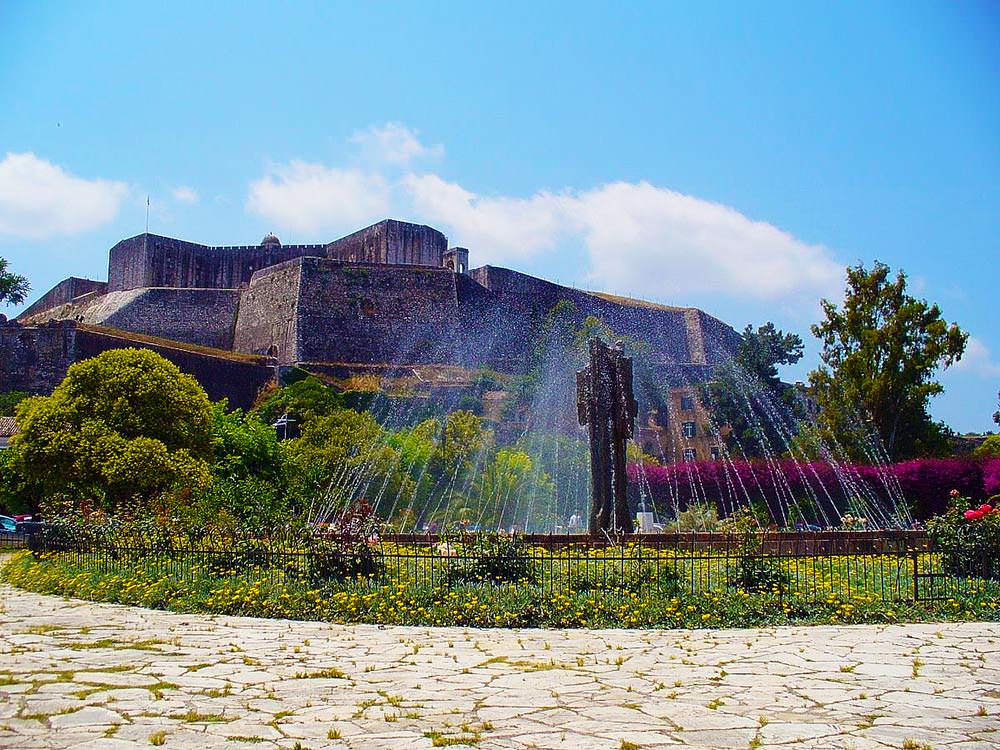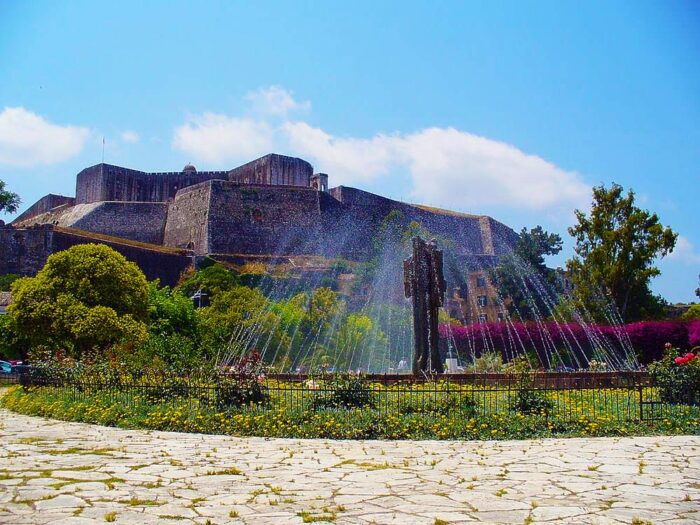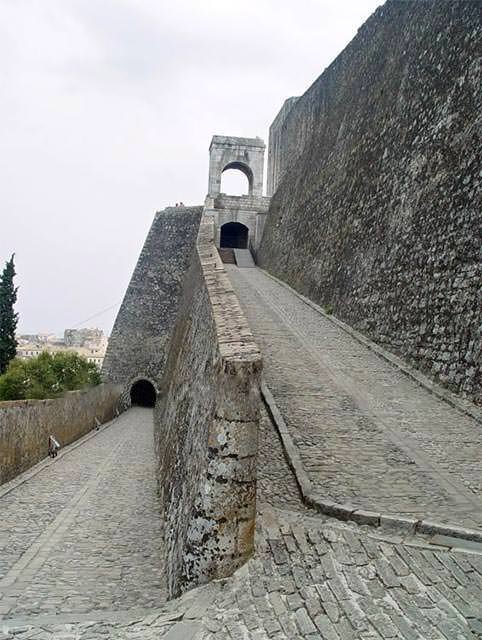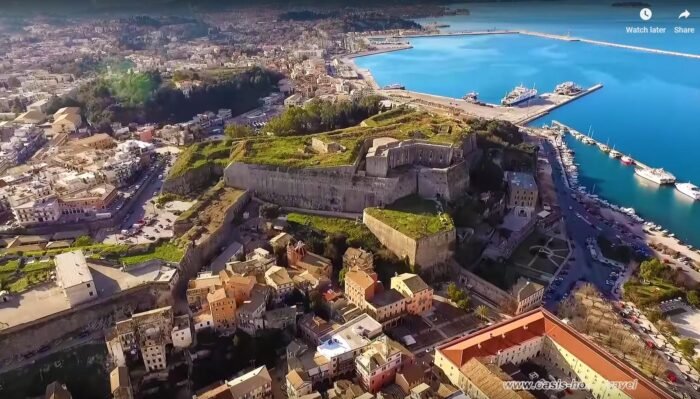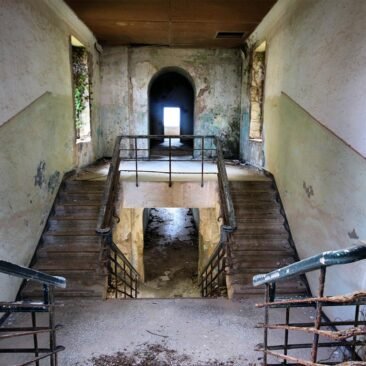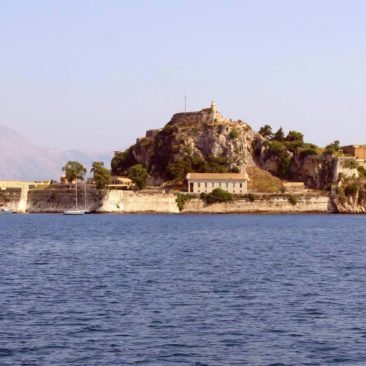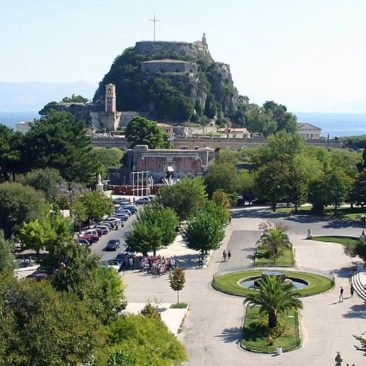

Nestled at the vibrant crossroads of Eugeniou Voulgareos and M. Theotoki streets, Corfu Town Hall stands as an architectural masterpiece with an intriguing history. This charming edifice exudes an air of timeless elegance, captivating both locals and visitors with its unique allure.
Picture a harmonious blend of Venetian and Greek elements, expertly woven into its design. The façade tells a tale of grandeur, showcasing intricate details that harken back to the building’s origins. It’s not just a mere structure; it’s a cultural gem that has witnessed centuries of transformation.
Let’s rewind to 1691 when the foundation of this building was laid, initially serving as the gathering spot for the Venetian nobles of Corfu – the loggia di Nobili, as they called it in Italian. But that’s just the beginning of its transformation tale.
The San Giacomo Theatre
In 1720, it underwent a magical transition into a theater, named San Giacomo, and held the honor of being Corfu’s first-ever theater and a groundbreaking one for the entire Greek territory.
Between 1733 and 1893, this very theater took center stage as the hub of Greek opera, attracting a symphony of Italian musicians and composers. These creative maestros became part of Corfu’s musical fabric and, in turn, enriched its cultural legacy.
The notes of Italian and Corfiot music traditions harmonized on this very stage, creating an intoxicating blend, thanks to virtuosos like the Corfu composer Nikolaos Halikiopoulos Mantzaros. The crescendo of their artistry reached a high note when Mantzaros musically composed Greece’s national anthem from the poetic words of Dionysios Solomos.
Operas were the heartbeats of this historic stage, often resonating with the delightful strains of opera buffa, a comic opera style that was both entertaining and budget-friendly. Even during challenging times, like sieges, the theater played a dual role as both a tool of propaganda and a morale booster for the community.
The spotlight also shines on the passionate actors and performers who graced the stage – mainly Italians from southern Italy, alongside a sprinkling of Greeks. This became the nurturing ground for Greece’s very first musicians and composers, a pivotal moment when music was still unheard of in the rest of the Greek territory.
Corfu’s relevance during that time cannot be overstated. As the capital of the Ionian state, it was a political and spiritual hub. The San Giacomo Theater was a shining star on Europe’s cultural map, setting the stage for theatrical triumphs.
If work was “applauded in Corfu,” it was granted a golden ticket to perform on European stages. This litmus test ensured that only the best made the cut for international recognition.
Antonio Vivaldi himself graced this stage, presenting his oratorio Juditha Triumphans in honor of the Ottoman siege repulsion in 1716. This triumph paved his way to Milan and beyond, marking his first major oratorio.


However, as time flowed on, the curtain eventually fell on the San Giacomo Theater in 1892, shifting its spotlight to the old Municipal Theater of Corfu. Tragically, this latter theater suffered immense damage due to the German bombing in 1841, ultimately making way for the New Municipal Theater – an architectural shift that might not have won hearts.


Corfu Town Hall
In 1903, the grand transformation took place, and the building of San Giacomo was reborn as the City Hall of Corfu – a fitting new chapter for this cultural cornerstone.
Today, the building stands as the Corfu Town Hall, a living relic of the past that remains an integral part of the present. Its walls have seen transformation, adaptation, and reinvention, yet they retain the echoes of the lives and stories that unfolded within.
As you stand before the building, take a moment to immerse yourself in its history. Let your imagination wander through the ages, envisioning Venetian nobles, theatrical wonders, and the birth of a musical legacy. This building isn’t just a monument; it’s a living chapter in Corfu’s narrative, inviting you to be a part of its unfolding story.
So, when you gaze upon the Corfu Town Hall today, remember that it’s not just a building; it’s a living testament to Corfu’s artistic evolution, a stage that once echoed with the melodies of the past and a cornerstone of this enchanting island’s captivating history.





